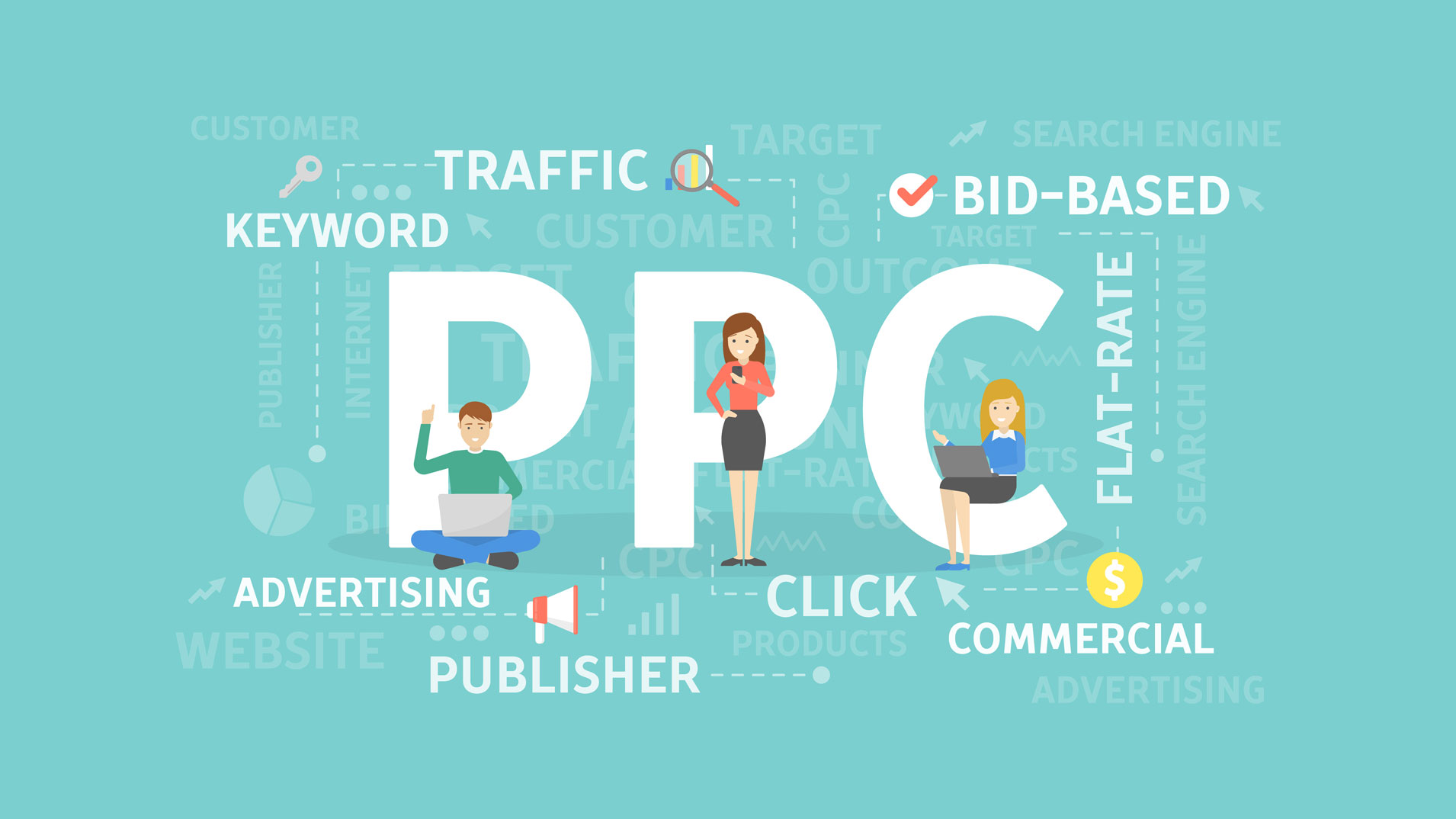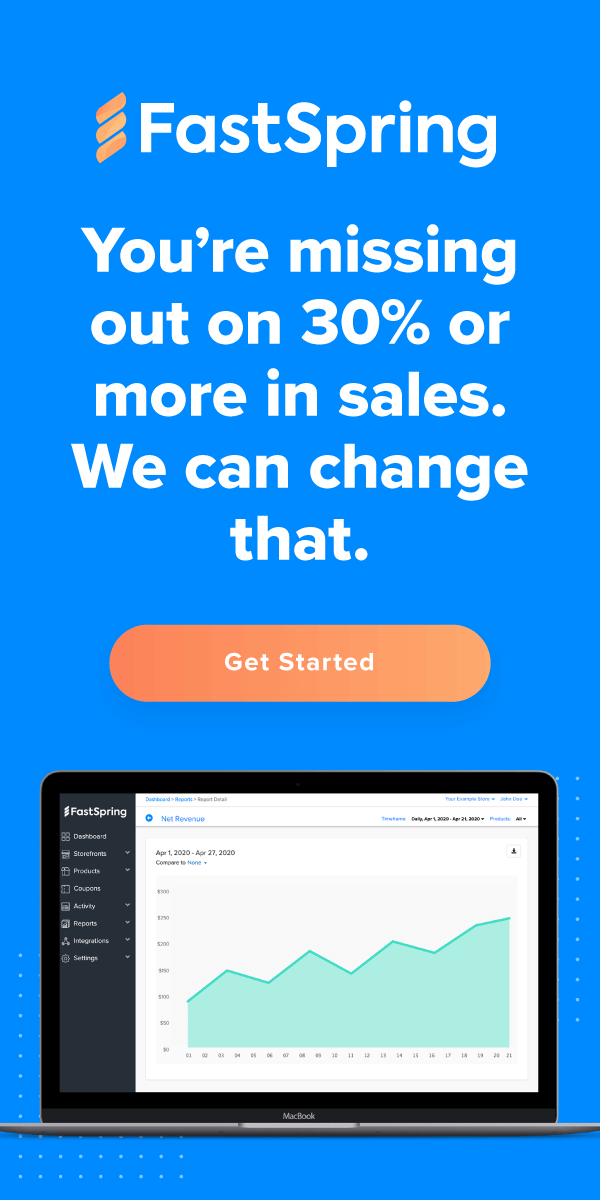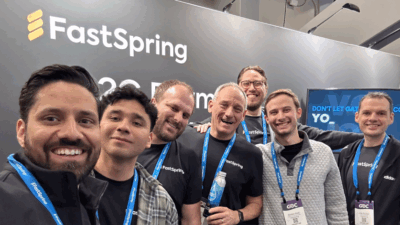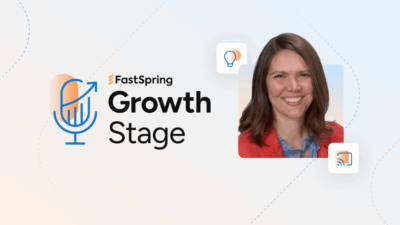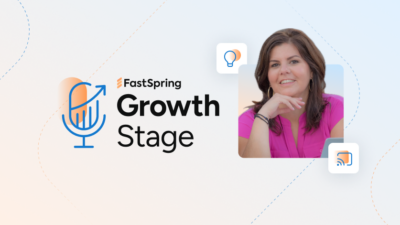If there’s one thing we can count on, it’s that just about everyone online is using Google. If someone has a question about anything, the first stop is almost always Google. And this doesn’t just apply to people who want to know Spice Girls tour dates; it applies to business owners looking for software solutions, too.
In these cases, you want your product front and center at the top of the SERP. But once you have that coveted spot on page one, how do you turn prime real estate into actual sales? For those of us who have worked in the PPC trenches, we know PPC is a lot more than adjusting bids and adding exclamation points to our CTAs. To turn views into quality conversions, here are some of our top PPC tips to increase software sales.
1. Focus on education.
Don’t bombard your audience with countless sales pitches. For the majority of searchers who are still in the research phase, putting on the pressure to purchase is not going to do you any favors. This is your opportunity to educate searchers; show them you’re more interested in helping them become successful than getting their money.
Provide quality, educational content instead of overt advertisements. Direct each PPC ad to educational content—blog post, eBook, white paper, downloadable guide, etc.—that addresses a specific issue. And when organizing your PPC campaigns, group keywords that focus on different potential issues into separate ad groups. This will allow you to see what issues are the most prevalent among your audience.
An education-first approach will help build trust and brand recognition—two things you’re going to need when it’s time to complete a purchase.
2. Find your audience where they already are online.
Understanding the complete buyer’s journey is all about tracking and analytics. You need to make sure you have the right tools in place that allow you to see your buyers from the first click to the final purchase. Not only will this allow you to determine what messaging and ads lead to conversions, but you can see every other site they visited where they were served your ad.
Once you know where your audience is and what sites they frequent, you’ll be able to make smarter media buys and create more targeted and effective ads.
3. Identify pain point keywords.
Identifying pain points that resonate with your target audience requires you to truly understand your audience, who they are, and what problems they’re experiencing that your software can solve.
To get to the bottom of their concerns, consider surveying your current customers to find out what product features most appealed to them and what problems they solved. You can also gain helpful insights from your PPC data. Like we mentioned earlier, by pairing issues/concerns to specific keywords, you can quickly see what pain points get the highest response rate.
For example, if you find that your audience struggles with slow loading speeds and frequent downtime with their current solution, try keywords like “fast loading speed” and “no downtime” and see what kind of response you get.
4. Test everything … always.
As much as we’d like PPC campaigns to be a set-it-and-forget-it deal, it just isn’t. PPC requires ongoing tweaking and refining to see real success. The best thing you can do is make PPC part of your daily routine. See what’s working, what’s not, and what you can do to optimize performance.
To find the most effective ads, be sure to test messaging, punctuation (yep, a comma vs. a period can make a difference), CTAs, targeting, keywords, and bids. For successful tests, you’ll need at least 2-3 ads in each ad group.
As you create different combinations of each of these elements, you’re going to see increases and decreases in clicks. But remember, while it’s nice to see a ton of clicks from one ad, those clicks may not necessarily lead to conversions. There’s a fine line between quantity and quality of leads, and you’ll have to ride that line until you find the sweet spot for your business.
5. Remember remarketing.
Since the SaaS industry usually has a longer sales cycle, you want your audience to see your brand several times during their path to purchase to increase your chances of closing a sale. That’s where remarketing comes in.
Remarketing allows you to show your ads to visitors who have already visited your site while they’re browsing other web content. We’ve all been there; you search for a Gandalf beard once and suddenly your browser is full of Hobbit Shop ads. While you may not want to be stalked by hobbits online, in this case, you want to be the Hobbit Shop—making sure visitors never forget your brand.
What’s great about remarketing is that you can customize what ads you serve your audience based on where they are in the sales funnel. When they’re higher in the funnel, serve ads that link to general information. As they get further down the funnel, direct them to content with more specific product information based on their searches.
6. Close the deal with an optimized shopping experience.
You’ve already done the hard part—getting the right visitors to your site. But driving potential customers to your site is pointless unless they turn into a sale. To increase conversions, you want to create a seamless experience from the research phase to checkout. So make sure the shopping experience is an extension of your brand and consistent with all other ads and landing pages your audience has already seen.
Here are some simple ways you can improve the shopping experience and decrease cart abandonment rates:
- Simplify the checkout process – make it as short and sweet as possible
- Be clear about pricing – don’t tack on unexpected taxes or fees
- Focus on security – add trust symbols and verbiage
- Offer multiple payment methods – give your customers as many options as possible
- Optional account creation – let your buyers check out as a guest
If you’re low on time or resources but still want to optimize your shopping experience, partner with an all-in-one ecommerce platform to build the best experience for every customer no matter where they’re located. With FastSpring, you can create a localized shopping experience on a global scale by serving the appropriate language, currency, payment methods, and taxes to each visitor. These types of optimizations have proven to increase conversion rates by 30% or more.
Alright, now it’s time to carve out a little chunk of each day to optimize your PPC campaigns. And remember, every PPC ad doesn’t have to be a hard sell in order to get sales. In fact, most of them shouldn’t be. Just try to solve a problem, create a seamless experience, and don’t forget to test, test, test. You got this.
![[Customer Story] Why TestDome Considers FastSpring a Real Partner](https://fastspring.com/wp-content/themes/fastspring-bamboo/images/promotional/2023/FastSpring-TestDome-blog-thumbnail.jpg)



